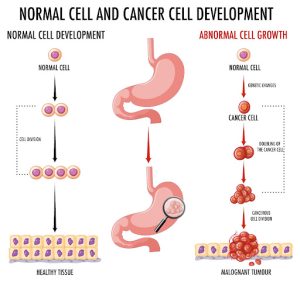Disclaimer:
This article is for information purposes only. It is not a substitute for medical advice or treatment. Seek medical care for your treatment
High blood pressure is the most prevailing curable heart disease. More than 1 billion people around the world are suffering from it. When your numbers are high, the blood moves more strenuously through the arteries, stiffening and sometimes damaging the blood vessels by putting intense pressure on tissues of the arteries, which increases the risk of heart attack, stroke, or heart failure. Normal blood pressure should be less than 120/80 mm Hg. Blood pressure readings are of two values:
- Systolic pressure
The top number represents the force of the pressure when your heart beats and pumps the blood.
- Diastolic pressure
The bottom number represents the pressure on the blood vessels when the heart muscle relaxes.
Medication really helps reduce the blood pressure level but maintaining a healthy lifestyle really does wonders. Bringing certain amendments to your lifestyle and diet plan can help you in reducing hypertension.
The ideal approach to lower your hypertension is a DASH diet. DASH diet is a healthy diet that limits your sodium intake and focuses more on fresh homemade foods thus, reducing high blood pressure. Introducing certain foods that are rich in potassium and magnesium will bring down your numbers. In the previous article, we helped you identify 10 Foods to avoid with high Blood pressure now we are going to educate you about the 10 best foods for high blood pressure:
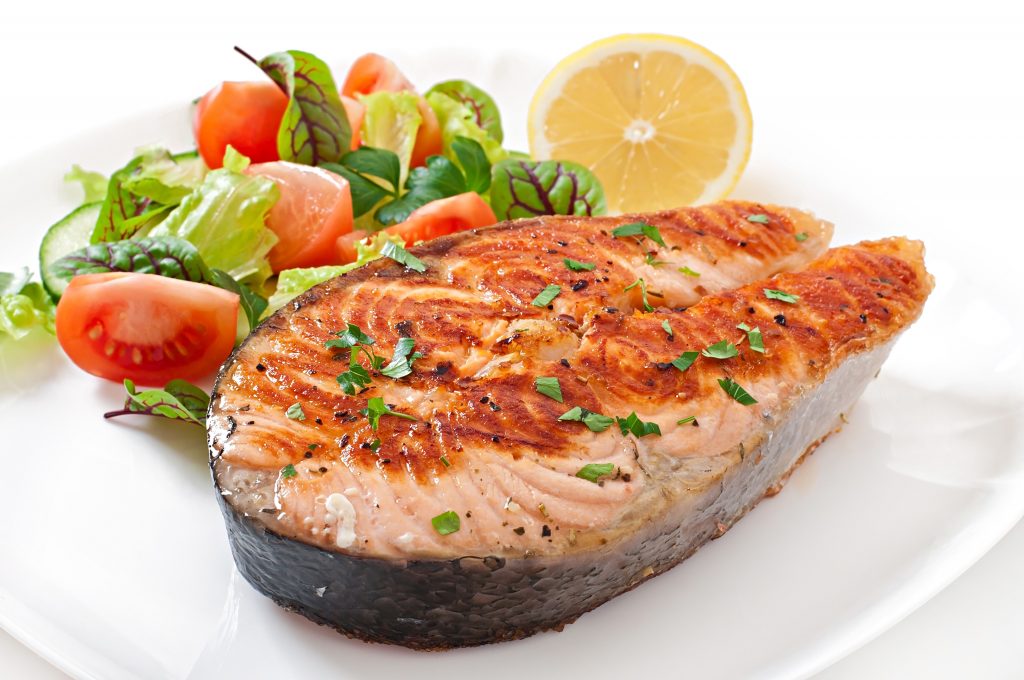
1) Mackerel and sardines or Fatty fish
Oily fish like mackerel, salmon, sardines, or mussels protect our hearts and brain from certain diseases. They are rich in omega-3 fats, which have notable health benefits. These fats help decrease blood pressure levels by lessening inflammation and diminishing Oxylipins. Researchers have found that Rich omega-3 intake lowers the risk of hypertension. 3-6 ounces of fish is recommended daily.
2) A dash of seeds
Although Seeds are small in size they are packed with nutrients. Taking unsalted flax, pumpkin, and sunflower seeds with salads, yogurt, and porridge or in breakfast can do the job. Seeds are the main source of potassium, magnesium, and argine which is imperative for reducing blood pressure. A study reveals that regularly consuming 3 grams of pumpkin seed oil for 5-6 weeks led to considerable reductions in blood pressure. The advised daily serving of seeds should be 1-1.5 teaspoons.
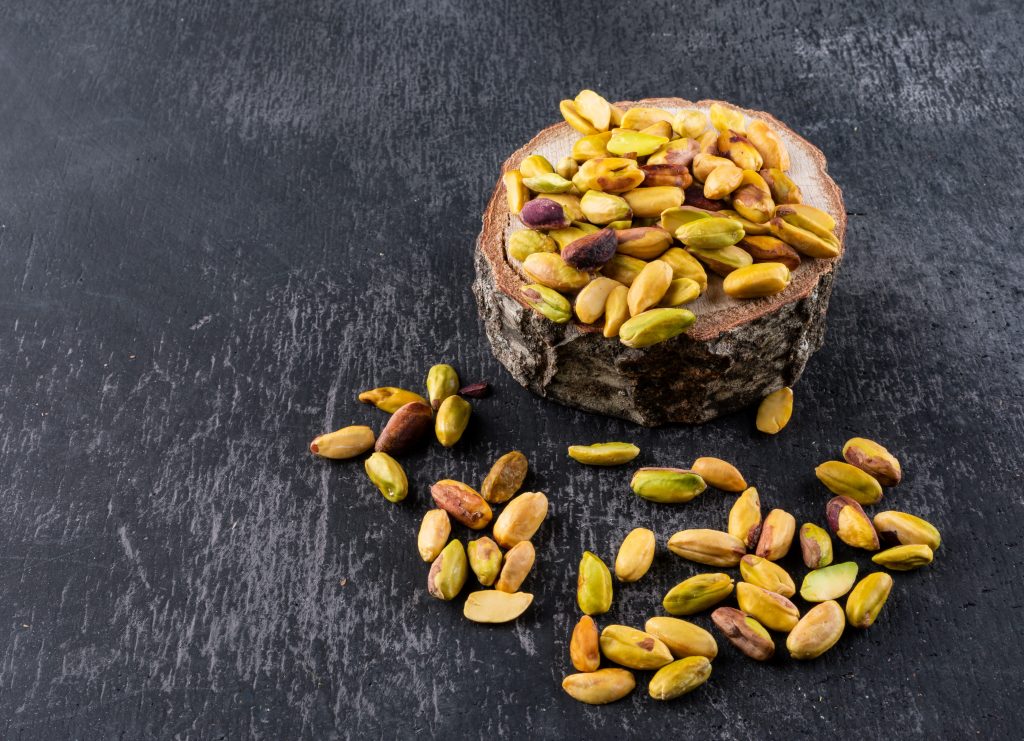
3) Munch on some pistachios
Pistachios are super tasty and healthy at the same time. Like walnut and almonds, pistachios also have many benefits but when you want to control your blood pressure your 1st pick should be pistachios because they have the strongest effect on reducing blood pressure.
Studies reveal that consuming pistachios can help reduce the upper readings of blood pressure by 1.82 mm/Hg and lower readings by 0.8 mm/Hg. These delicious edible seeds incorporate healthy fats and essential nutrients which not only lower your blood pressure but helps in weight reduction. They are a rich source of potassium. One ounce of potassium embodies more potassium than half of a large banana. 1-2 cups per week are advised.
4) Eat the Beet
Drinking a glass of beet juice or eating beet has prompt effects on lowering your high blood pressure. It is explicitly shown through the studies that taking beet juice lowers your top numbers by an average of 4 to 5 points within a few hours. Nitrates from food sources like beet or green leafy vegetables are transformed into nitric oxide within your body. The nitric oxide soothes blood vessels and enlarges them, which aids the blood in flowing effortlessly and reducing blood pressure. A 2-week brief study carried out on a few people with high blood pressure showed that consuming 8 to 8.8 ounces of beet juice or beet can lower your blood pressure. The study also revealed that beet juice was more effective than consuming beet. Drinking 2 cups of a mixture of 3 parts beetroot and 1 part apple juice lowers your top number within a few hours. These benefits men more than women. Regularly taking 2 cups of beet or beet juice can lower your blood pressure.
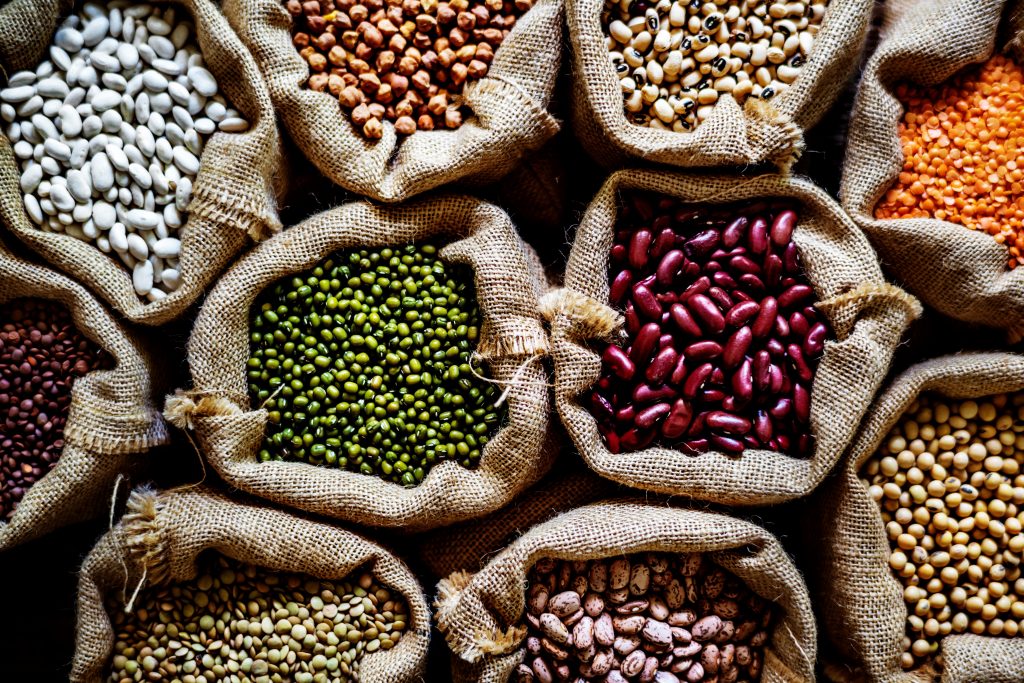
5) Lentils and Beans
Delicious Legumes, lentils, and beans are a rich source of nutrients that assist in regulating blood pressure. Legumes and beans consist of fiber, magnesium, and potassium that beat back heart diseases.100grams of split red lentils consist of more potassium than a banana. Daily 1 cup of cooked lentils, legumes, and beans can keep your blood pressure under control. You can eat beans in your soup, salads, chat, or with boiled rice and chapatti. DASH study reveals that a diet enriched with pulses and whole grains is linked with lowering high blood pressure.
6) Eat the Berries
Berries are enriched with powerful antioxidants and have various health benefits. The pigments and anthocyanin present in strawberries, raspberries, chokeberries, blueberries, and blackberries give them vibrant color and are also beneficial for your blood vessels. Berries, predominantly blueberries are plentiful in natural compounds, and flavonoids. The antioxidants in berries improve endothelial cells of the body that strengthens your blood vessels and artery walls, resulting in smooth blood flow and blood pressure regulation. You can easily consume berries by adding them to your cereals, breakfast, yogurt, or desserts. The study suggests that daily devouring 1 cup of these scrumptious berries can help reduce hypertension.
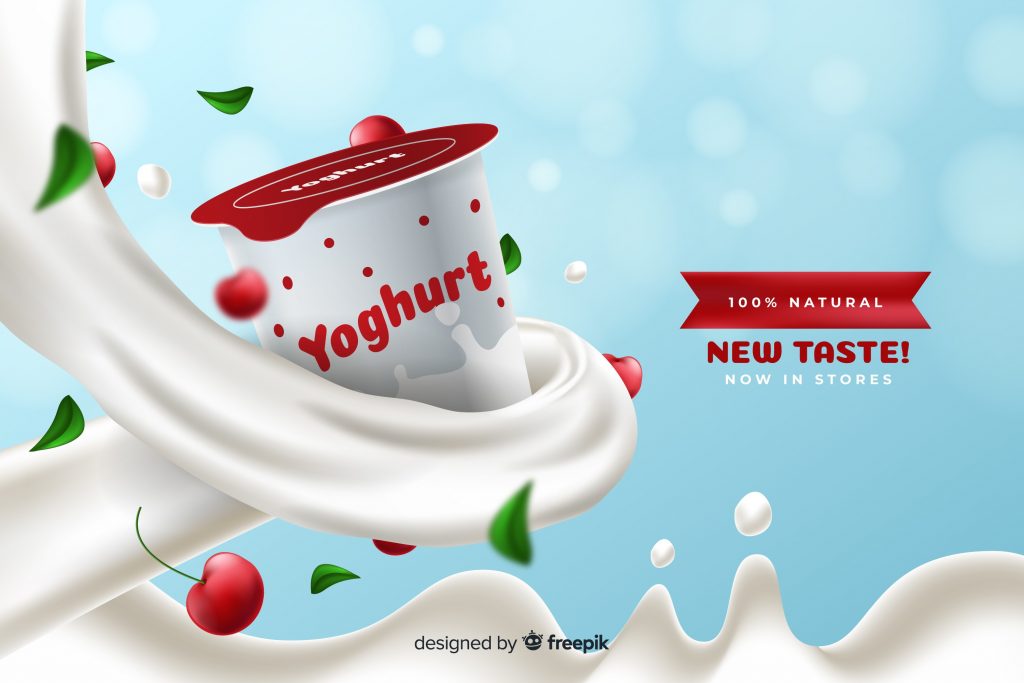
7) Yogurt and milk
Calcium plays a significant role in fortifying and slackening your blood vessels and lowering your blood pressure. Low-fat yogurt and skim milk are eminent sources of calcium without adding any sugar or fat. Greek yogurt is a nutrient-dairy product enriched with minerals, calcium, and potassium, which helps in regulating blood pressure. If you don’t like milk you can take yogurt with some berries or vice versa.
Try assimilating almond flakes, granola, and berries into your yogurt for more taste and health benefits. Make sure to check sugar quantity before purchasing. AHATS study shows that women who consumed four or more servings of yogurt weekly reduce a 20% risk of developing high blood pressure.
8) Some herbs and spices
Some herbs and spices are loaded with mighty compounds that aid in reducing blood pressure by comforting blood vessels. Research shows that if taken properly taken in your diet, certain reassuring spices and herbs like parsley, celery seeds, bacopa monnieri, garlic, thyme, ginger, cinnamon, cardamom, saffron, lemongrass, basil can reduce hypertension in people on the verge of cardiovascular disease. But before incorporating herbs and spices into your diet always first consult your health care provider. It is found that a certain quantity of herbs and spices in food can help minimize 24-hour blood pressure levels. Cinnamon and ginger help dilate the blood vessels. Garlic enhances your nitric oxide levels, which aids in dilating your blood vessels. Compounds like allicin in garlic, help lower your hypertension by comforting your blood vessels and regulating blood flow. 1-2 garlic cloves intake is advised daily.
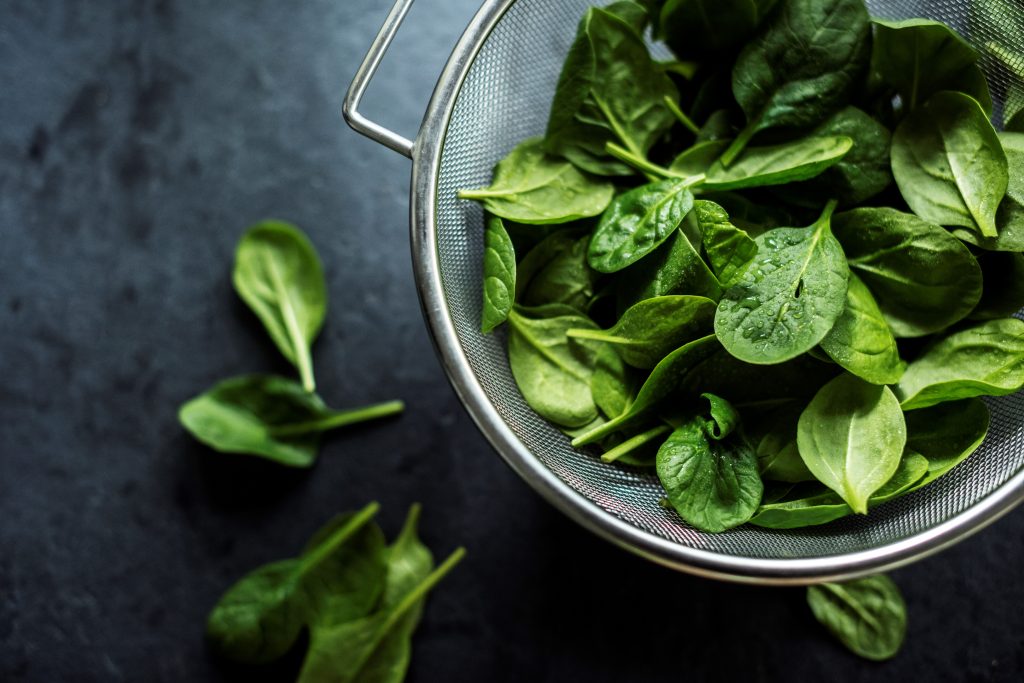
9) Eat green leafy vegetables
Salt tends to hold on to fluids in your body which asserts pressure on your arteries and ultimately raises your blood pressure. Vegetables are an enriched source of potassium and minerals nullifying the effects of sodium which aids kidneys to flush sodium out of the body through urination. A plate full of leafy vegetables like spinach, broccoli, kale, collards, beet greens, swiss chard, arugula, and turnip greens has so many health benefits. Avoid canned vegetables they contain sodium. Regularly take 4-6 cups of raw green vegetables to lower your numbers.
Phthalides in Celery help in reducing your blood pressure.
Spinach is not only enriched in potassium but has nutrients like folate, lutein, and magnesium. Nutrients protect walls from thickening thus, reducing the risk of strokes.
10) Use olive oil
Olive oil, especially extra virgin olive oil is really good for your heart. 3-4 tablespoons of EVOO daily lower your systolic blood pressure. Edible Olive oil has three grades:
- Refined
- Virgin
- Extra virgin
Unrefined extra virgin oil has Polyphenols which are micronutrients with protective antioxidants. Polyphenols enhance blood vessels’ health by keeping them pliable. Replace butter, vegetable oil, or canola oil with EVOO which is a healthy fat. You can consume olive oil, in your salads, foods, or as it is.
Embracing a healthy lifestyle along with healthy foods like berries, green leafy vegetables, fish, seeds, beans, and lentils can maintain favorable blood pressure levels. This sums up 10 Best Foods for High Blood Pressure.



